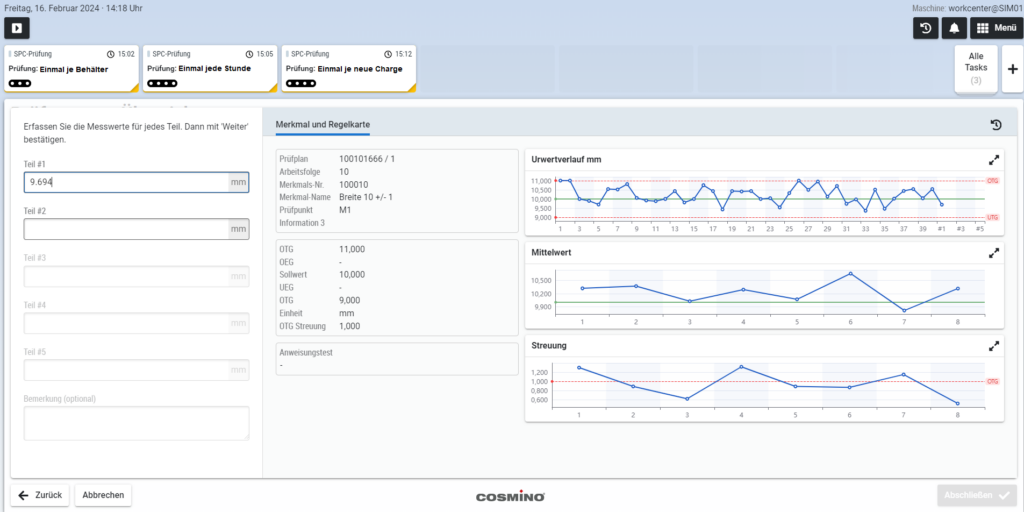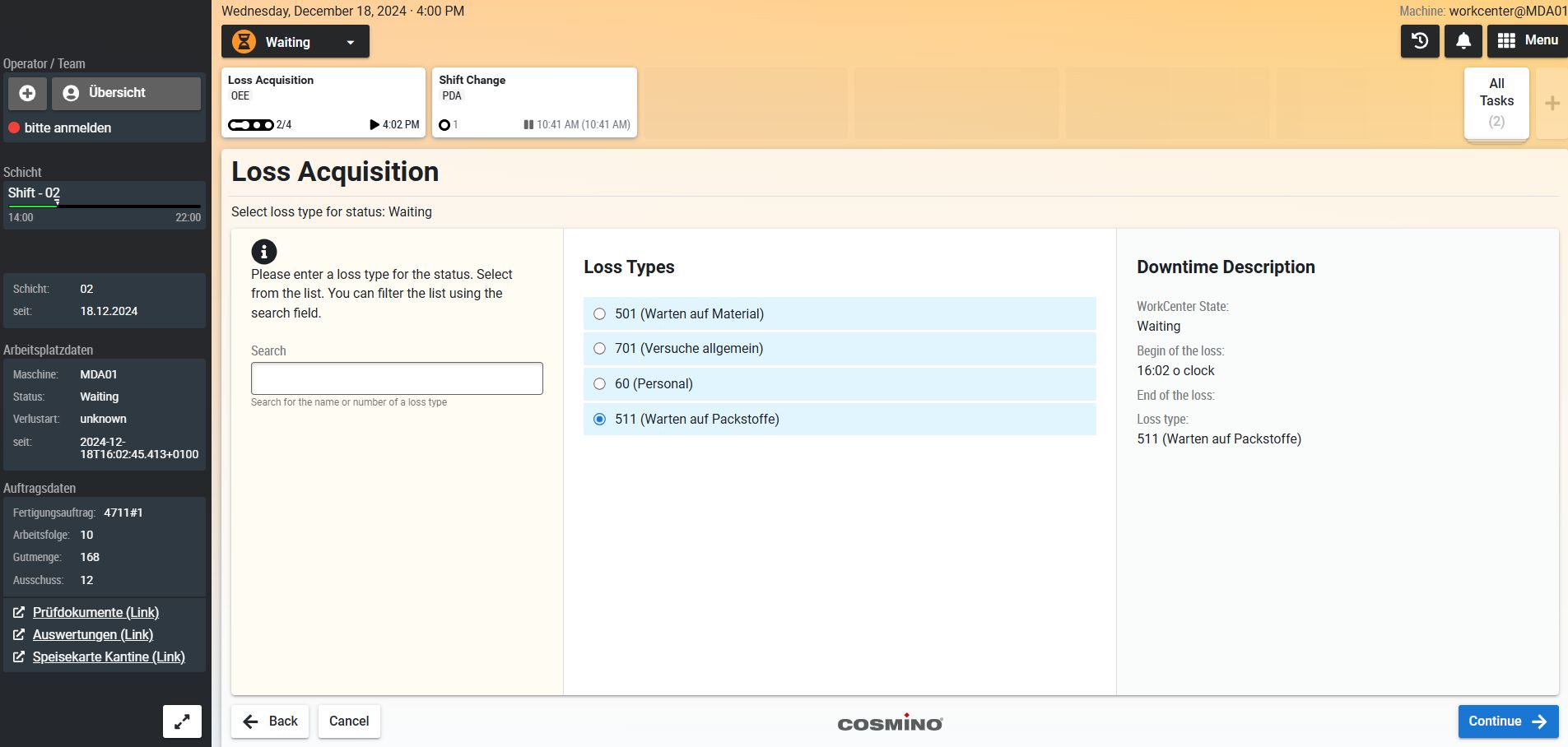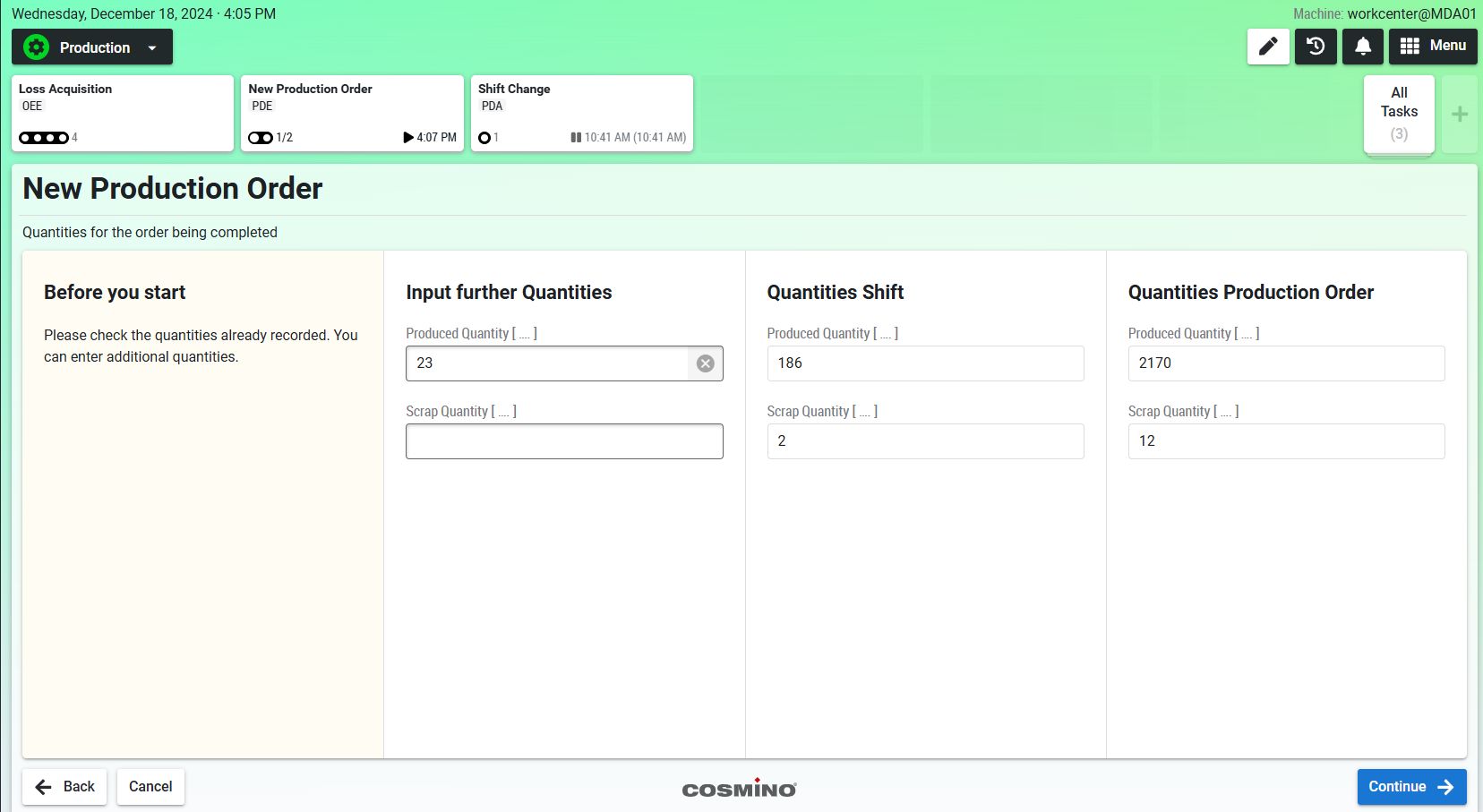The user guidance of the Cosmino data entry dialogues significantly simplifies human interaction with PDA, MDA, MES or SPC.
We’ve been working with manufacturing data for over 35 years and know that manual data capture remains indispensable despite increasing automation. Humans remain a relevant factor in many processes to reliably fulfill quality assurance, operational data capture, and documentation requirements on the shop floor.
Since people have different experiences and disciplines for manual tasks, Cosmino Panteo supports them with a digital assistance that simplifies data entry, reduces errors, saves time, and increases productivity.





